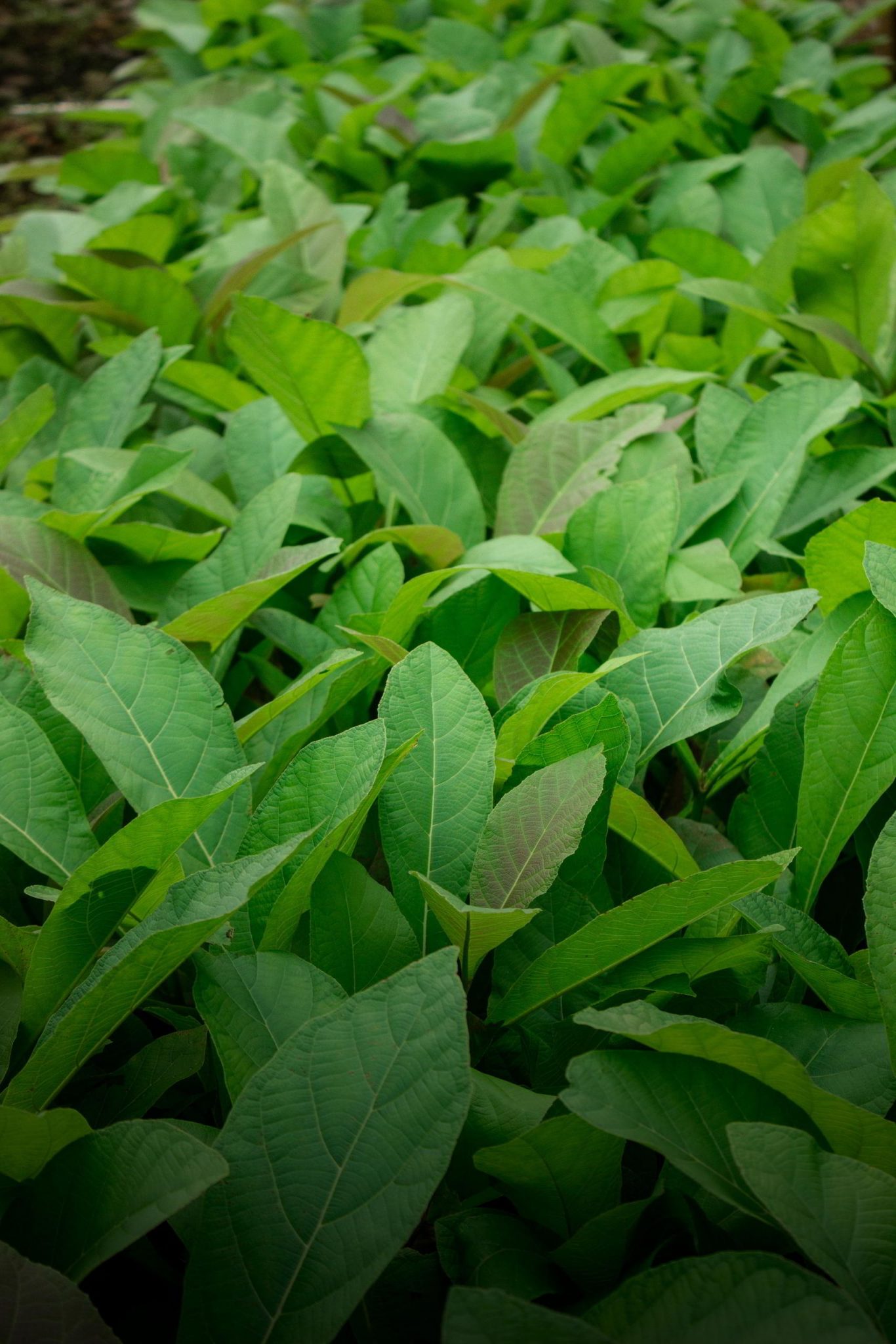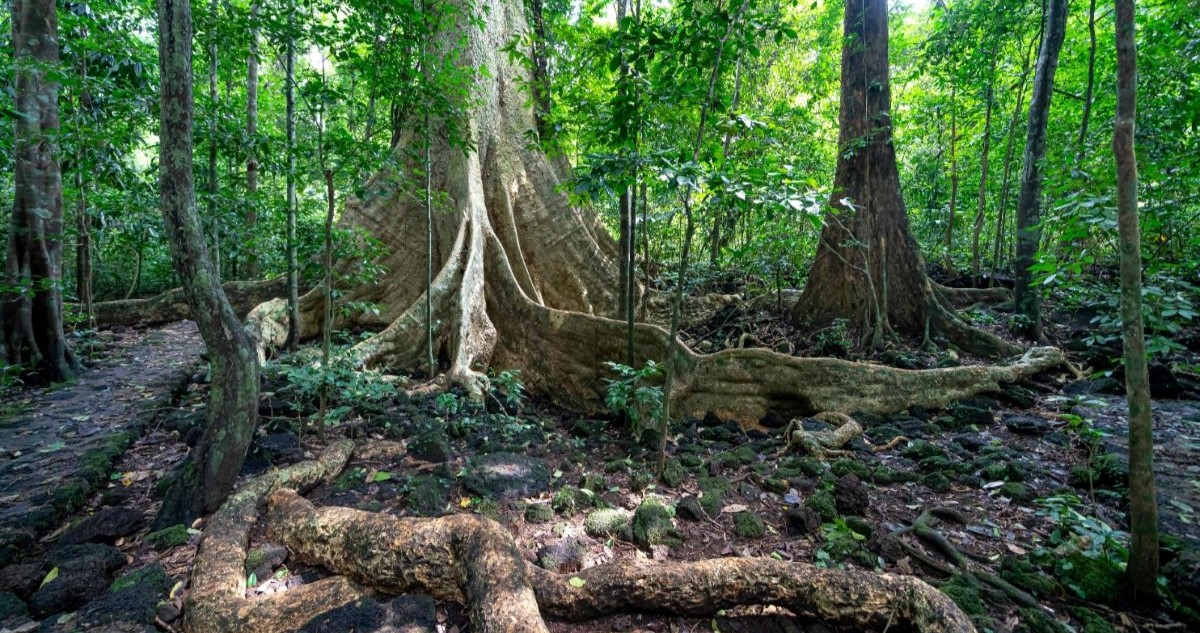Common Name |
Teak |
Description |
Tectona grandis is a large, deciduous tree reaching over 30 m in height in favourable conditions. Crown open with many small branches; the bole is often buttressed and may be fluted, up to 15 m long below the 1st branches, up to 1 m dbh. Bark is brown, distinctly fibrous with shallow, longitudinal fissures. The root system is superficial, often no deeper than 50 cm, but roots may extend laterally up to 15 m from the stem. |
Products |
Fuel: Teakwood has been used in the manufacture of charcoal and as fuelwood, but nowadays it is usually considered too valuable for anything but pruning remnants and other rejects to be used in this way.
Timber: A rare combination of superior physical and mechanical properties makes T. grandis a paragon of timber, and there is no likelihood of it being eclipsed by any other. The wood is a medium weight timber that is rather soft and has a characteristic appearance. The heartwood is often dull yellowish when freshly cut but turns golden brown or sometimes dark greyish-brown after exposure, often streaked grey or black. The sapwood is yellowish-white or pale yellowishbrown and up to 50 mm thick. Grain is straight, wavy or slightly interlocked, with rather coarse and uneven texture.Density of the wood is (min. 480) 610-750 (max. 850) kg/m³ at 12% mc. The wood is oily to the touch and when freshly cut has a smell reminiscent of leather. Being classified as very resistant to teredo activity, the wood is excellent timber for bridge building and other construction in contact with water such as docks, quays, piers and floodgates in fresh water. In house building, teakwood is particularly suitable for interior and exterior joinery (windows, solid panel doors and framing) and is used for floors exposed to light to moderate pedestrian traffic. It is also used quite extensively for garden furniture. Other uses are for building poles, transmission line poles, fence posts, wallboards, beams, woodwork, boxes, musical instruments, toys, railway sleepers and railcar construction. It is brittle and therefore less suitable for articles requiring high resilience, such as tool handles and sporting goods. Its high resistance to a wide variety of chemicals makes it ideal for laboratory and kitchen tables as well as for scrubbing towers, vats, pipes and fume ducts in industrial chemical plants. The wood grains are figured well, producing an attractive veneer, which is extensively used in the manufacture of furniture and interior fittings. Teakwood is suitable for the manufacture of decorative plywood. Larger logs are utilized for beams and sleepers, smaller ones for scantlings and battens, and thinner top ends and poles are used as round posts. Thinnings are also used for timber. The wood is very durable, difficult to preserve, saws fairly and seasons easily. For the export market, teakwood is recommended for ship decking and other constructional work in boat building. T. grandis is economically one of the most important timber tree species of Indonesia |
Estimated income |
20-30 years (community forest) |







